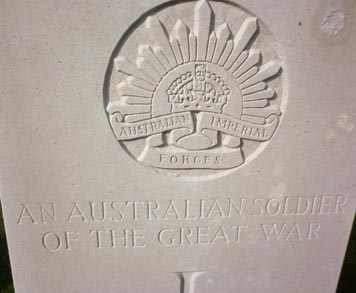On the eleventh day of the eleventh month, here courtesy of the consultant Gary Thomas CPP, MSyl, MIET is a history of the red poppy as a symbol of remembrance; a tale of two parts.
On May 2, 1915, Canadian Lieutenant Colonel John McCrae performed the burial service of Lieutenant Alexis Helmer, a close friend and fellow soldier who died in the Second Battle of Ypres. McCrae had noted how poppies quickly grew around the graves of those who died at Ypres. The next day, McCrae composed the poem ‘In Flanders Fields’ while sitting in the back of an ambulance at an Advanced Dressing Station outside Ypres. This location is today known as the John McCrae Memorial Site.
McCrae was initially dissatisfied with his work and discarded it; however, it was retrieved by a fellow member of his unit, either Major General Edward Morrison, Colonel John Munroe Elder or Sergeant Major Cyril Allinson, who persuaded McCrae to submit his poem for publication. McCrae took the advice of his colleagues and his poem was first published on December 8, 1915 in the London magazine Punch.
There are two versions of McCrae’s poem ‘In Flanders Fields’ with the subtlest of differences separating them. In most printed texts the first line ends with ‘blow’ whereas in McCrae’s original handwritten copy the first line ends with ‘grow’. McCrae used either word when making subsequent hand-written copies for friends and family.
Questions over how the first line should end have endured since publication. Most recently, the Bank of Canada was inundated with queries and complaints from those who believed the first line should end with ‘grow’, when a design for the ten dollar bill was released in 2001.
Moina Michael, an American professor and humanitarian, was in Germany at the outbreak of World War One. She soon travelled to Rome where she assisted around 12,000 US tourists to seek passage back across the Atlantic. Following this, Michael returned to the United States on the RMS Carpathia and to her teaching role in Athens, Georgia, however, when the USA entered the war in April 1917, Michael took a leave of absence from her work to volunteer to assist the New York-based training headquarters for overseas YWCA workers.
Michael was inspired by John McCrae’s poem ‘In Flanders Fields’ and in November 1918 wrote a poem in response called ‘We Shall Keep the Faith’ in tribute to the opening lines of McCrae’s poem, ‘in Flanders fields the poppies grow, Between the crosses row on row’. Michael vowed to always wear a red poppy as a symbol of remembrance for those who had served in the war.
Returning to the University of Georgia at the end of the war, Michael taught a class of disabled servicemen and recognising the need to provide financial and occupational support for these servicemen, she conceived the idea to sell silk poppies as a means of raising funds to assist disabled veterans.
In 1921 her efforts were recognised and resulted in the poppy being adopted as a symbol of remembrance for war veterans by the American Legion Auxiliary, and later that year by Earl Haig’s British Legion Appeal Fund, later to become The Royal British Legion.
The ‘poppy red’ refers to Papaver Rhoeas.
In Flanders Fields (1915)
by John McCrae
In Flanders fields the poppies grow
Between the crosses, row on row,
That mark our place; and in the sky
The larks, still bravely singing, fly
Scarce heard amid the guns below.
We are the Dead. Short days ago
We lived, felt dawn, saw sunset glow,
Loved and were loved, and now we lie, In Flanders fields.
Take up our quarrel with the foe:
To you from failing hands we throw
The torch; be yours to hold it high.
If ye break faith with us who die
We shall not sleep, though poppies grow In Flanders fields.
We Shall Keep the Faith (1918)
by Moina Michael
Oh! you who sleep in Flanders Fields,
Sleep sweet – to rise anew!
We caught the torch you threw
And holding high, we keep the Faith
With All who died.
We cherish, too, the Poppy red
That grows on fields where valor led;
It seems to signal to the skies
That blood of heroes never dies,
But lends a lustre to the red
Of the flower that blooms above the dead
In Flanders Fields.
And now the Torch and Poppy Red
We wear in honor of our dead.
Fear not that ye have died for naught;
We’ll teach the lesson that ye wrought
In Flanders Fields.
Photo by Mark Rowe; gravestone of unknown Australian soldier, Ypres.
See also the blog of the CWGC (Commonwealth War Graves Commission).









